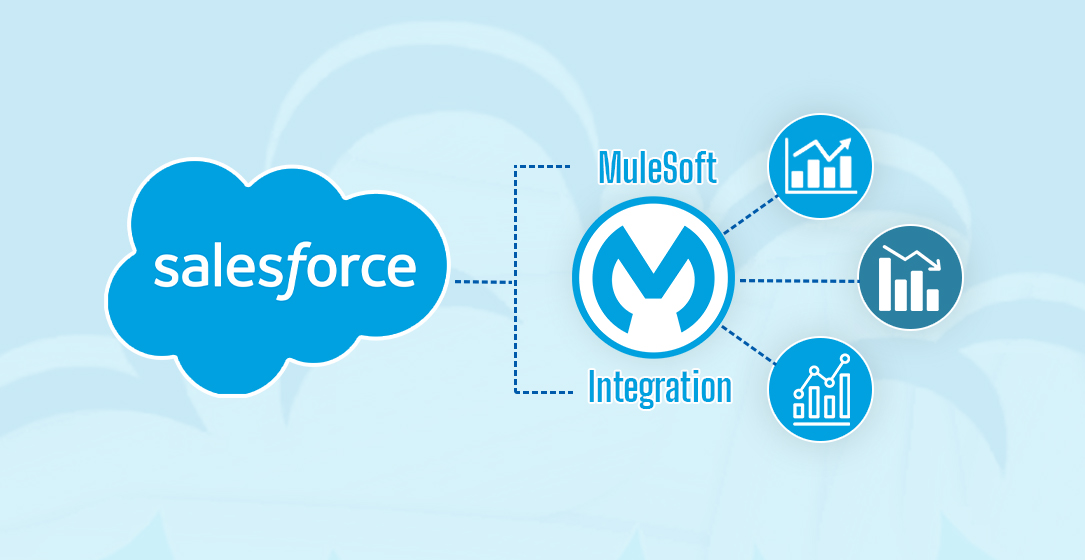May 26, 2023 | SNAK Consultancy
Share on :
Salesforce MuleSoft integration

Salesforce MuleSoft integration enables you to connect Salesforce to other systems, such as ERP, CRM, or marketing automation tools. This integration helps you to streamline business processes, improve customer engagement, and gain insights from data stored in different systems. In this blog, we will discuss the benefits of integrating Salesforce with MuleSoft, the steps involved in the integration, and some best practices
Benefits of Salesforce MuleSoft integration:
Seamless integration: Salesforce MuleSoft integration enables you to seamlessly connect Salesforce to other systems, whether they are on-premises or in the cloud
Improved efficiency: The integration streamlines business processes by automating data transfer between systems, eliminating the need for manual data entry.
Better customer engagement: The integration enables you to provide a unified customer experience by accessing data from different systems in one place.
Real-time data access: The integration enables you to access data in real-time, which enables you to make informed decisions based on the latest data.
Steps involved in Salesforce MuleSoft integration:
1. Identify the systems you want to integrate with Salesforce.
2. Define the data you want to transfer between systems.
3. Create a MuleSoft application that connects to Salesforce and the other systems.
4. Use MuleSoft connectors to retrieve and transform data from Salesforce and the other systems
5. Map the data to ensure that it is transferred correctly between systems.
6. Test the integration to ensure that it is working correctly.
Best practices for Salesforce MuleSoft integration:
1. Understand your data: Before starting the integration, you need to understand the data that you want to transfer between systems.
2. Use MuleSoft best practices: MuleSoft provides best practices for building integrations, which you should follow to ensure that your integration is reliable and scalable
3. Test thoroughly: You should thoroughly test the integration before deploying it in production to ensure that it works correctly.
4. Monitor the integration: You should monitor the integration to ensure that it is performing well and to identify and resolve any issues that arise.
Questionnaire
Ques.1) How does MuleSoft integrate with Salesforce?
Ans. Teams can use MuleSoft RPA to automate workflows across multiple systems and apps by integrating RPA bots seamlessly with Salesforce Customer 360, Anypoint Platform, and MuleSoft Composer. IT teams can govern, monitor, and secure any automation and integration built with APIs or bots with Anypoint Platform.
Ques.2) What are the benefits of Salesforce Connect in MuleSoft?
Ans. The connector gives you access to all Salesforce entities to enable automation of your business processes to help maximize your investments in services and solutions like enabling your sales teams, increasing revenue, and serving your customers better.
Ques.3) How do I fetch data from Salesforce using MuleSoft?
Ans. Open the Example project in Anypoint Studio from Anypoint Exchange. In your application in Studio, click the Global Elements tab Go to Global Elements and open Salesforce Connector element Run the application. Click Submit button. You will see the retrieved data structure
Conclusion
Salesforce MuleSoft integration enables you to connect Salesforce to other systems, streamlining business processes, and improving customer engagement. By following best practices and thoroughly testing the integration, you can ensure that it is reliable and scalable, providing you with real-time data access and improved efficiency.
Related Articles:
Salesforce PayPal integration can help streamline payment